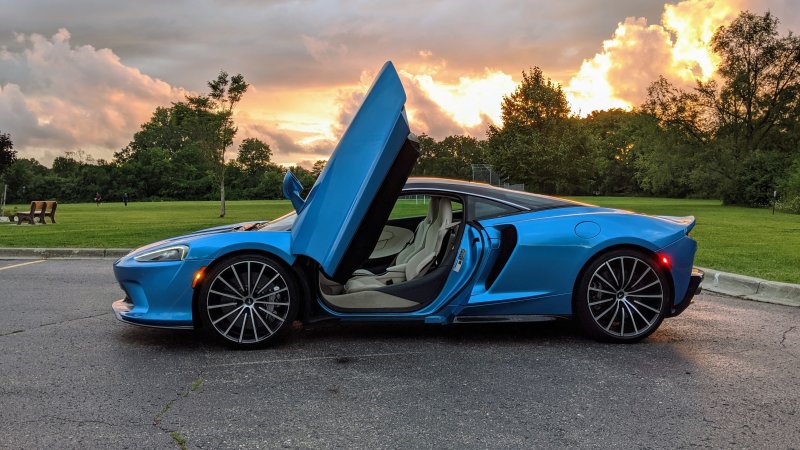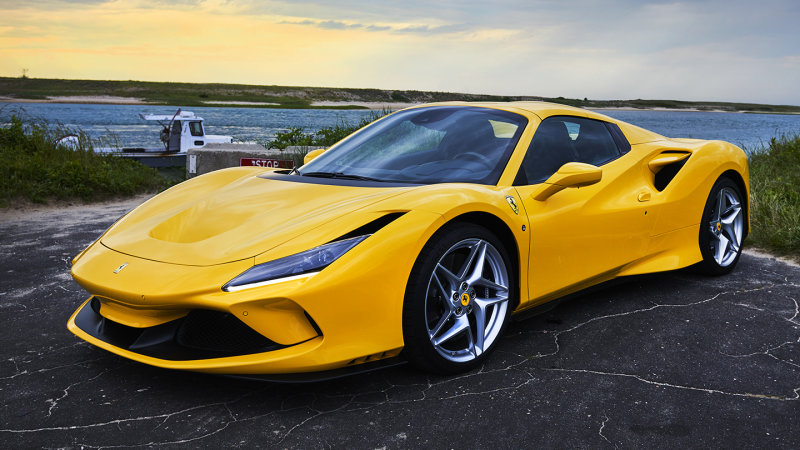Devialet, the high-end French audio company, recently released its newest wireless speaker, the Phantom Reactor. If you know anything about the company, or you’ve read my past reviews, you’ll know that it makes great-sounding speakers that all share the same strange design — they almost look almost alien — and this newest incarnation is much the same. It looks and works exactly as the company’s other Phantom speakers, but the Phantom Reactor is smaller, much smaller. In fact, the Phantom Reactor is about one-third the size.
The idea is that most people don’t want a huge and powerful speaker in their home, nor do they want to pay for one. (For context, before the Phantom Reactor, the cheapest of Devialet’s speakers was the Phantom Elevate, which still costs $1,690.) So with the Phantom Reactor, Devialet is making its speakers more accessible than ever before, even if $999 for a wireless speaker still isn’t super cheap.
Aside from size and power, the Phantom Reactor shares most everything in common with its larger Phantom brethren. Its most notable (and mesmerizing) feature is its two opposing woofers that pulsate against one another, without ever touching, to deliver deep, excellent bass. The speaker supports Bluetooth, Airplay and Spotify Connect, and through the Devialet app, you can sync it with other Devialet speakers in a multiroom system. (You can configure two speakers in a stereo pair, too.) The difference between it and the larger Phantoms is that instead of the front-facing midrange driver and tweeter, the Phantom Reactor only has one full-range driver; it’s not able to achieve quite the same levels of separate or overall sound quality, which you’d expect in a smaller cheaper speaker.
Lastly, Devialet didn’t just release one Phantom Reactor speaker, it released two. There’s the Phantom Reactor 600 and the Phantom Reactor 900. Both are the same, save for power and price. The Phantom Reactor 600 has a peak power of up to 600 watts, and the Phantom Reactor 900 has a peak power of 900 watts. Essentially, you’re going to with whichever you can afford.
|
The Good: The Phantom Reactor has the same striking appearance and workings as Devialet’s other Phantom speakers, just in a smaller package. And it’s embedded with the same 24bit/192kHz hi-res DAC, so you can stream high-resolution tracks. There are numerous connectivity options, including AirPlay. (AirPlay 2 support is supposedly coming in the future.) Honestly, it’s just a damn-cool wireless speaker that sounds impressive, especially considering its size.
Who It’s For: Anybody who has wanted a Devialet Phantom speaker but has either 1) been unable to afford one or 2) skeptical because it was too large for their room. This thing is the perfect size for smaller rooms and apartments.
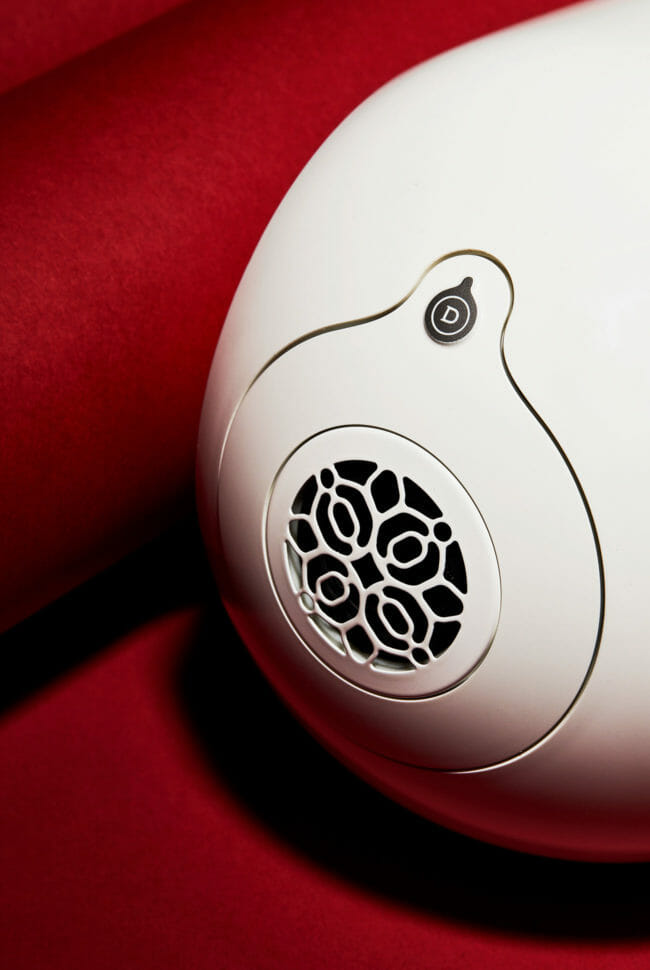
Watch Out For: There’s no getting around it: despite being the smallest and most affordable speaker that Devialet makes, the Phantom Reactor is still an expensive speaker. And if you’re not really into audio or into this speakers design, it’s probably not for you. Also, because it one full-range driver, instead of a separate tweeter and midrange, it doesn’t quite replicate the same audio levels as the larger Phantom speakers. The separation isn’t as clear and the sound stage of the music isn’t as grandiose.
Alternatives: Beside another Devialet speaker, there’s really no alternative. The fact is that Devialet speakers are simply unique. Sure, you can get other high-resolution speakers, like the Naim Mu-So Qb, or the KEF LSX speaker system (if you like true stereo), but I think Devialet’s speakers are just as much about sound as they are about watching they work. you want to see, hear and feel the woofers pulsate, and there’s nothing else like them.
Review: The photos don’t do the Phantom Reactor justice. Or, at least, they don’t do its size justice — it’s small. The speaker was stationed on my desk for the better part of three weeks and it didn’t look obtrusive or out of place. It’s probably a little bigger than a Sonos One or a UE Megaboom speaker — when it comes to the space it takes up (this speaker is dense) — and it doesn’t feel like an obnoxious piece of tech, which the larger Phantom speakers can.
And for the most part, the Phantom Reactor is still a fascinating piece of engineering. I tested the Phantom Reactor 900 — so I can’t tell you how it sounds compared to the cheaper, Phantom Reactor 600 — and even though it’s smaller than the larger Phantom speakers, it still has a similar effect; it causes people to stop and say, “Woah, what is that?,” and I love that about it. And if it’s playing a bass-heavy track and the woofers are really going, the speaker is still a show stopper.
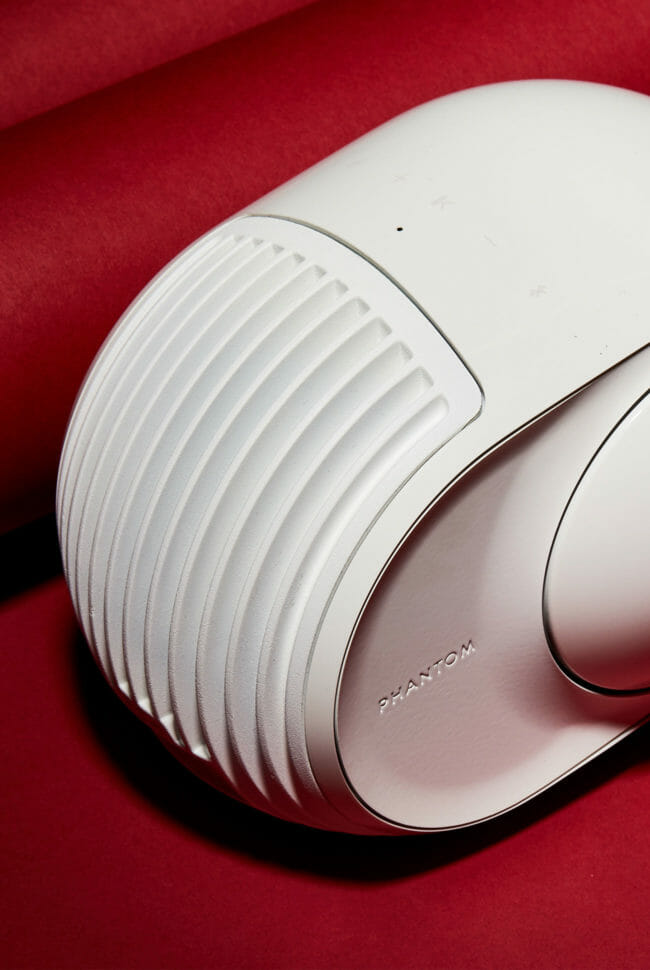
The speaker sounds great, don’t get me wrong, but after testing the larger Devialet speakers as well as other pricey, high-end speakers, like the KEF LSX, the Phantom Reactor doesn’t quite feel on that level. There are times when I was listening to tracks with strong instrumentals and vocals, such as “Lyin Eyes” by The Eagles or “Behind Blue Eyes” by The Who , and the separation wasn’t as clear as those other speakers. And the sound stage wasn’t as expansive, grandiose. That said, in such a compact speaker, you probably have to expect some compromises.
Where the Phantom Reactor doesn’t lack, is bass. This thing pumps. And honestly, when I was listening to bass heavy tracks or pump up songs, like “Feel It Still” by Portagul. The Man or “Boom” by P.O.D, that’s where I had the most fun listening to the speaker. It both captivates and energies the room, which is exactly what I think this speaker is going for.
Verdict: The Phantom Reactor brings the flair and engineering marvel of its larger Phantom speakers and puts it into a smaller and more affordable speaker. It’s still pretty expensive, mind you, and the design won’t be for everybody, but overall it’s a fantastic compact hi-fi speaker that’s truly unlike anything else.
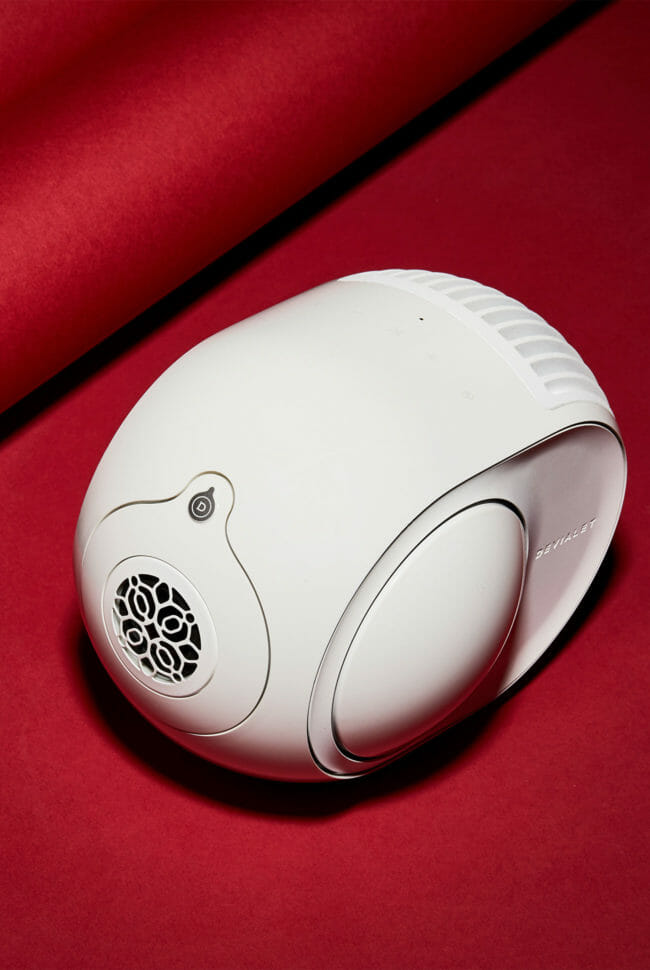
What Others Are Saying:
• “The Devialet Phantom Reactor has an awful lot going for it. In broad terms it sounds impressive, it looks a sight more impressive and dramatic when it’s working than anyone else’s wireless speaker, and it’s impressively well made. But it doesn’t have the all-court sonic game a speaker of this cost really should have, and that makes it easier to admire than to love.” — Simon Lucas, Stuff
Key Specs
Power: 600 or 900 watts (peak)
Total Harmonic Distortion: 0.0005%
Frequency Range: 18Hz to 21kHz
Sound Pressure Level: 95 or 98 dB SPL
Connectivity: Bluetooth, Apple Airplay, Wi-Fi, Spotify Connect
Weight: roughly 10 pounds
|
Devialet provided this product for review.

Hot takes and in-depth reviews on noteworthy, relevant and interesting products. Read the Story



